FROM THE PASTOR’S DESK
Dear St. Mary’s Parishioners:
The next time you are in a Catholic church, pay attention to where the altar is built. No matter what church you walk into, whether you're in the jungle of Sao Paulo, Brazil, a Gothic cathedral in Paris, or a suburban parish in rural Dixon, you’ll soon notice a familiar pattern. The altar is always built on a raised platform. The only way to get to it is by climbing stairs. Even if it’s only one step or an entire flight, like the Basilica of St. Peter’s in Vatican City, you always have to ascend upwards. Why?
The answer is found in the gospel reading this Sunday. It’s the famous story of Jesus preaching what is known as the Beatitudes. The Beatitudes fulfill God’s promises made to Abraham in the Book of Genesis and his descendants and describe the rewards that will be ours as loyal followers of Christ. In other words, the Beatitudes are the moral, internal, attitude that the Christian is called to live by. It’s how God wants us to behave. The beginning of the reading begins nonchalantly to us as modern hearers. It says, “When Jesus saw the crowds, he went up the mountain, and after he had sat down, his disciples came to him. He began to teach them.” (Cf. Matthew 5:1). That little detail where Jesus taught the Beatitudes – on the mountain – would stun the first century Jewish audience. Mountains in the bible are always places of encounter with God. It’s where humanity comes in contact with his true presence.
Think back to Moses in the Book of Exodus. Where does God give him the Ten Commandments? Chapter 19 tells us: “In the third month after the people of Israel left Egypt, they came to the Sinai Desert on the same day. They had left Rephidim and had come to the Sinai Desert. There Israel set up their tents in front of the mountain. And Moses went up to God.” (Cf. Exodus 19:1-3) From that high vantage point, God gives humanity the moral code that would undergird Western Civilization. Not only that, on that very mountain God finally reveals his true name which biblical scholars dramatically call the Tetragrammaton. Moses asks God what is his name. He responds, “God said to Moses, ‘I AM WHO I AM. This is what you are to say to the Israelites: “I AM has sent me to you.”’ (Cf. Exodus 3:14) We Christians translate this as YHWH or Yahweh.
Mountains are where we see God, or rather, it’s where God comes down to meet us. As Catholics, there is no more sacred act than what happens at each Mass. The sacrifice of Jesus Christ is made present. Upon each altar, Jesus Christ comes down each time with the words of consecration through the hands of his priests, “TAKE THIS ALL OF YOU AND EAT OF IT. FOR THIS IS MY BODY, WHICH WILL BE GIVEN UP FOR YOU.” Then the priest takes the chalice, “TAKE THIS ALL OF YOU AND DRINK FROM IT: THIS IS THE CUP OF MY BLOOD, THE BLOOD OF THE NEW AND EVERLASTING COVENANT. IT WILL BE SHED FOR YOU AND FOR MANY FOR THE FORGIVENESS OF SINS. DO THIS IN MEMORY OF ME.” Once those words are uttered, Christ becomes present in the Holy Eucharist. Now do you see why the altar can only be accessed with stairs? It’s supposed to be a mini-mountain where God meets humanity again.
A Slave of Jesus Christ,
Fr. Brian J. Solive
